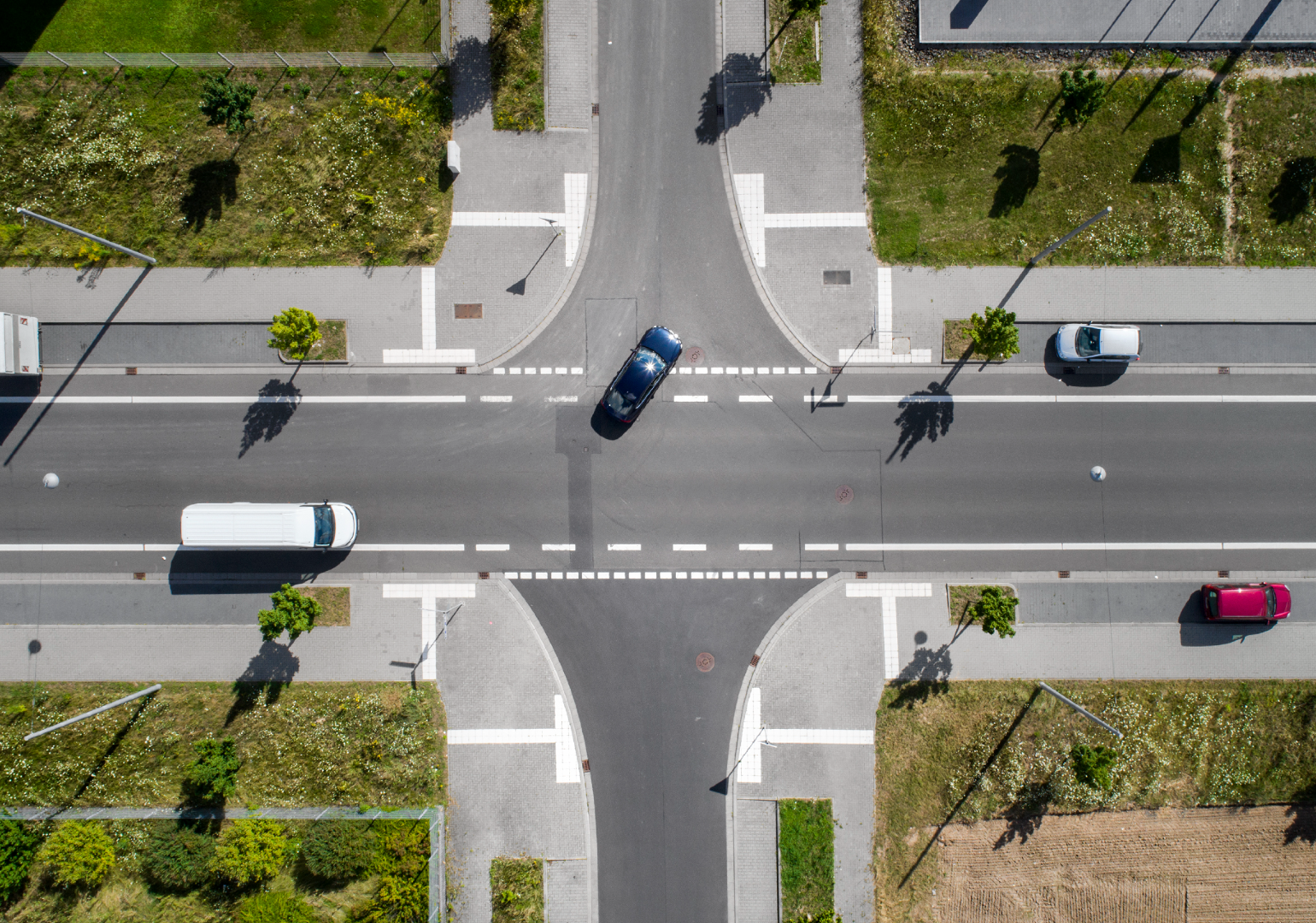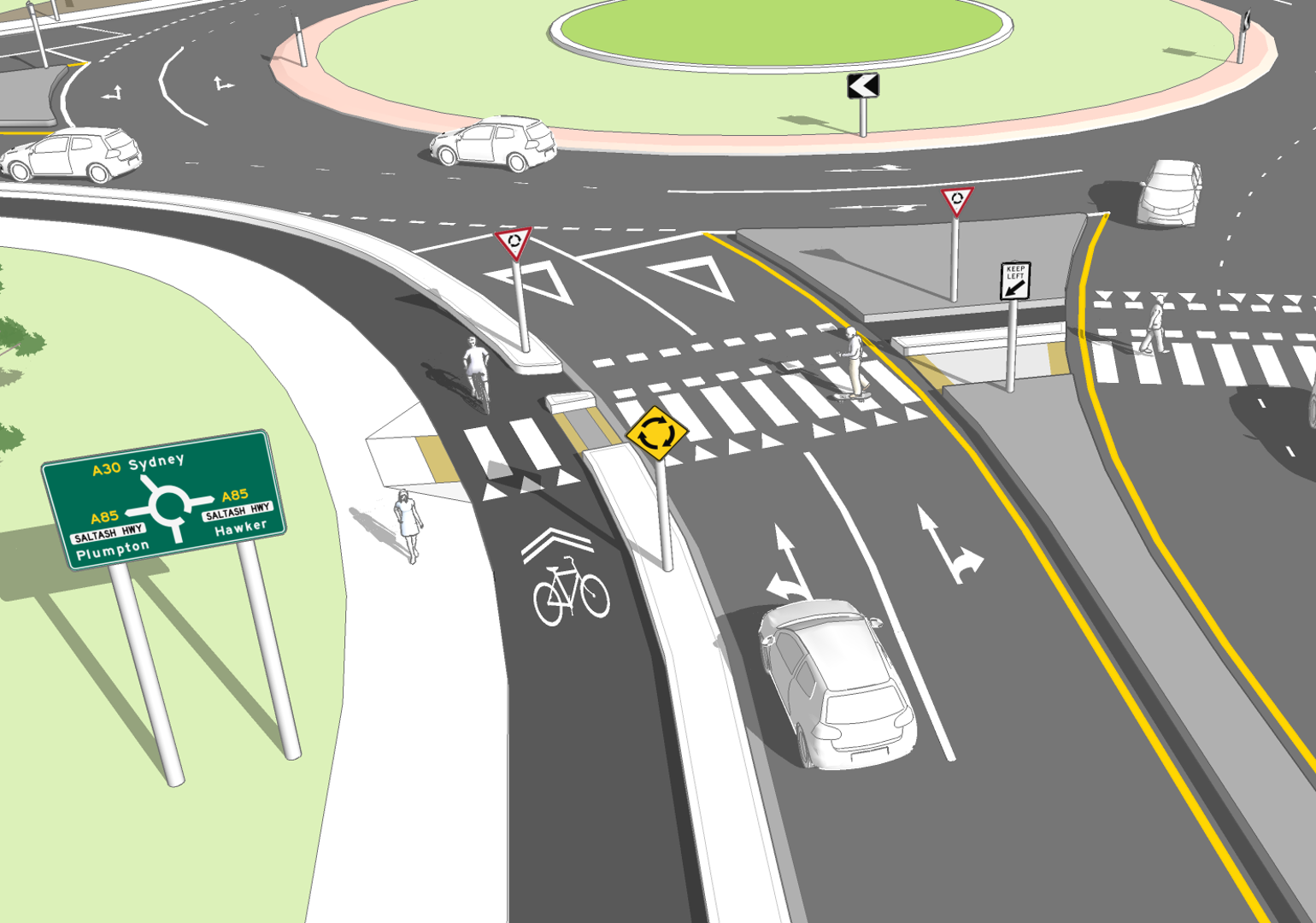Innovative engineering software shifts roadway infrastructure planning into the fast lane, and even makes parking a breeze.
When dozens of 68m wind turbines had to be transported across New South Wales from Newcastle to Mudgee in 2020, the logistical operation was highly complex.
Weeks of meticulous planning was undertaken to determine the optimum route to minimise delays to motorists and ensure that every road segment could handle the giant pieces of equipment.
The smallest miscalculation could have been costly, as the driver of a 60t truck carrying a similar load found when his vehicle rolled off Highland Lakes Road in Tasmania in 2019, damaging its load.
For transport companies and state authorities, working out the best route involves consideration of tight corners, low bridges, overhead cables and narrow roads. Every metre of the journey must be analysed to avoid potential collisions with obstacles along the way.
It’s not just an issue for oversized loads such as mining equipment, pipelines and boats. Every transport infrastructure project, from major motorway upgrades to new roundabouts or even changes to a factory car park involves an array of calculations around how the geometric design can accommodate each vehicle type, and whether the road infrastructure will be able to handle different sets of circumstances, including abnormally large pieces of freight.

And that’s before you get to the compliance requirements around Australian standards and safety guidelines, or climactic variables such as wind load and temperature extremes.
“Even a seemingly simple route can turn into a logistical challenge when you lack the proper tools to evaluate how different vehicles will navigate the complex geometric limitations of a specific roadway,” said Wes Stevens, Transoft Solutions’ Regional Sales Manager for APAC. “The design engineer must also account for factors such as speed, turn radius geometry and traffic volumes. This is where accurate design and simulation becomes critical for a successful outcome”
Transoft Solutions’ suite of road design solutions has transformed how engineers approach new projects by facilitating the modelling of multiple scenarios to glean invaluable insights.
“The simulations we can run are more sophisticated and versatile than anything else on the market,” Stevens said. “You need to factor in an immense amount of detail to be confident that your proposal will be fit for purpose. Achieving the optimum plan inevitably involves testing several scenarios and finessing each component until it satisfies the design brief.”
Unrivalled simulations
To address these issues, engineers, haulage firms and architects have been using AutoTURN, Transoft Solutions’ leading vehicle swept path analysis and turning simulation software for more than 30 years.
Developed by transportation professionals, it is now used in 120 countries for intersections, transport hubs, highways and commercial sites.

Its comprehensive vehicle library includes more than 1000 cars, buses, trucks, emergency vehicles, forklift trucks and bikes, and it is constantly updated as Australian standards or new regulations are introduced.
“Swept path analysis is critical to determine exactly how much space a particular vehicle needs to navigate intersections, roundabouts, traffic calming measures or access roads,” Stevens said.
The software can also perform maximum speed calculations through a particular intersection by referencing the vehicle type against the design geometry. Where turn space geometry is too acute, the designer will need to look at alternative routes or other options.
Car park optimisation
But automation tools aren’t just useful for getting drivers from A to B. They can also help when they’re stationary.
Manually designing the layout of a new car park can be a surprisingly complex and time-consuming process. Finding a design that fits in the maximum number of bays is only half the battle as the facility will only function properly if the entrance and exit are in the right places and there’s enough room for longer vehicles to turn round each corner and find a big enough space.

“On top of all that, you’ve got to consider the site’s landscaping to ensure efficient drainage as well as access to loading bays, placement of pedestrian walkways and allocation of blue badge bays,” said Stevens.
ParkCAD designs commercial parking lots at the touch of a button, allowing for every possible consideration. It includes over 25 different parking design guidelines from around the globe and their corresponding stall dimensions, rules to calculate the number of stalls for people with disabilities, aisle widths and other unique features.
By drawing up the safest and most effective design, it saves hours of onsite measurements and eliminates the need for multiple sketches of the layout.
Vital signs
Another area where specialised software helps optimise the design of new road projects for engineers is signage. Even the simplest intersection must communicate a great deal of information to keep drivers and pedestrians safe.
Transoft Solutions’ GuideSIGN Plus not only gives advice on where signs need to be, but also the placement of pavement markings, line spacing, pedestrian walkways and cycle lane indicators.
All communications to road users are calculated and displayed in seconds without the need for labour-intensive in-person drafting. With GuideSIGN Plus, precise fabrication drawings can be automatically sent to sign manufacturers so nothing is left to chance.
“Infrastructure projects are complicated at the best of times,” said Stevens. “So attempting to design them without a premium software package is very challenging.
“Transoft Solutions has industry-best products with built-in layers of sophistication and nuance that simply don’t exist elsewhere. When I speak to customers, they’re always amazed at how much easier it makes their jobs.”
Find out more about Transoft Solutions’ infrastructure planning and traffic flow solutions.




